Restored World War I Photos Reveal the Horror and Humor of Life on the Western Front
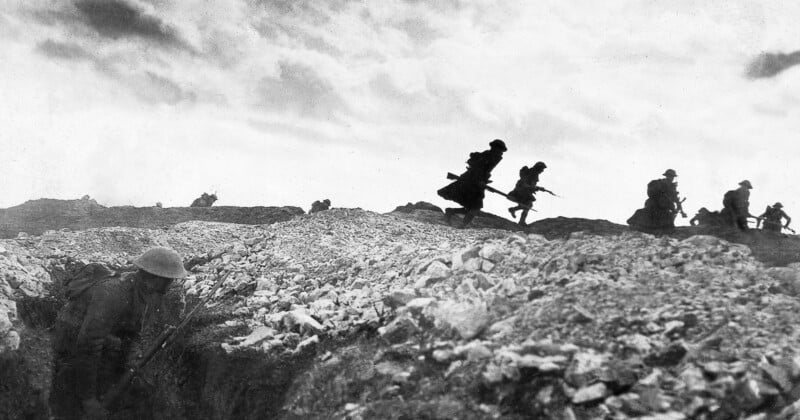
Last week marked 107 years since the end of World War I. In the United States, the day is observed as Veterans Day, while in Britain it is known as Remembrance Day.
Atlantic Publishing has painstakingly restored a series of propaganda photographs documenting the British war effort — mainly showing troops on the Western Front — for a book titled A Corner of a Foreign Field, which is accompanied by poems written by correspondents and soldiers who witnessed the conflict firsthand from the trenches.
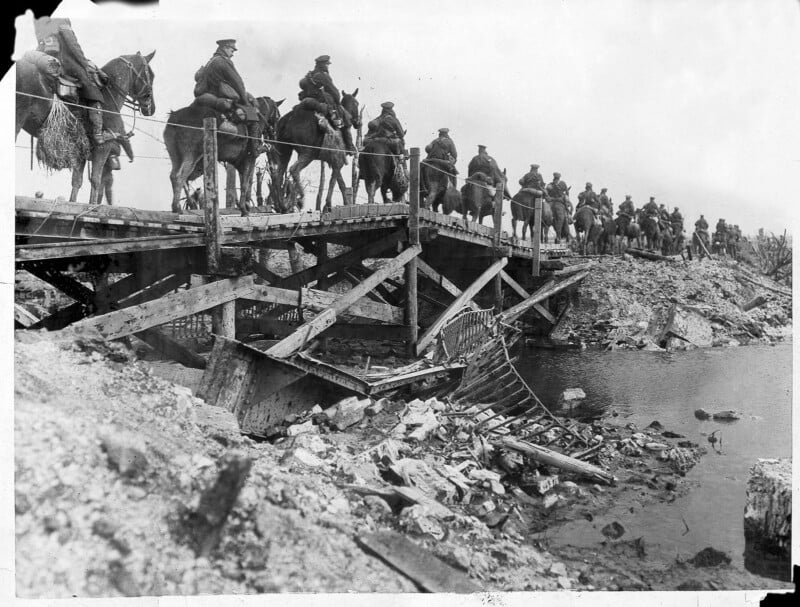
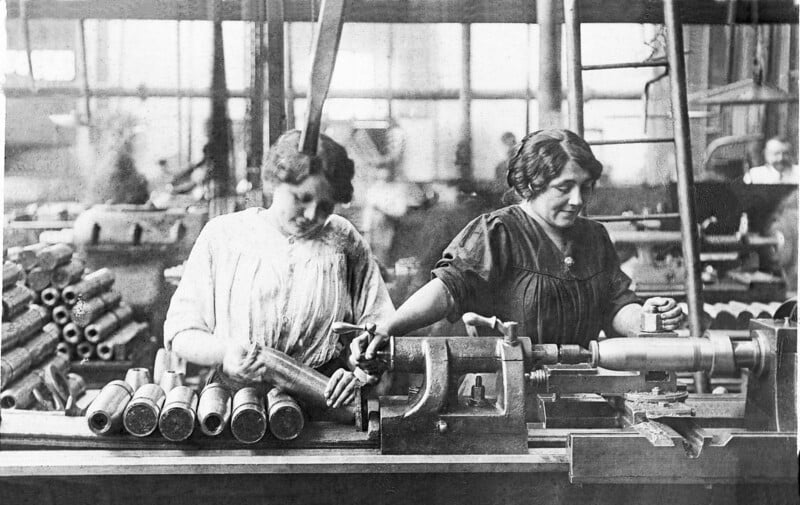
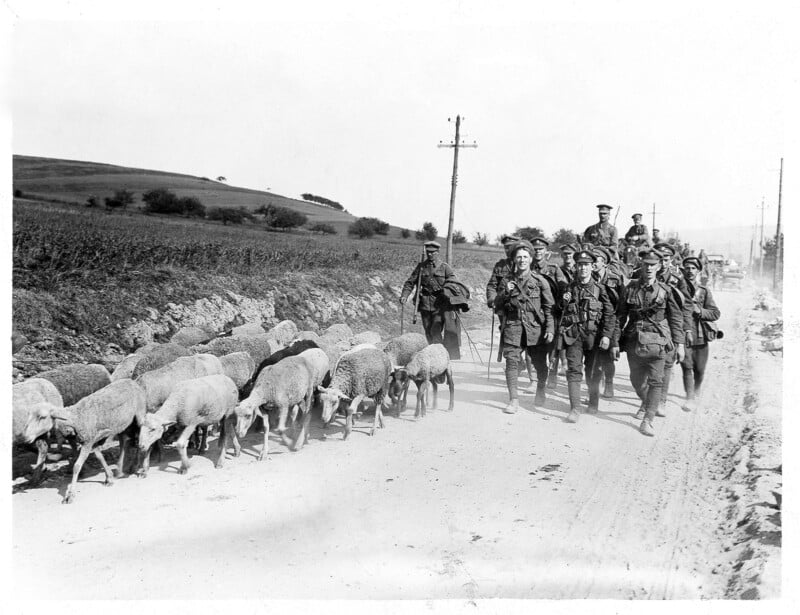
Technician Cliff Salter, noted as being “still in command of his conservation skills in his 70s”, worked with rare and unseen archive photography from the archives of English Heritage, Historic England, and Associated Newspapers. Often, the photos aren’t preserved negative originals but copies printed on paper.
“Whether glass plate, celluloid, or paper, they have usually suffered age and chemical degradation and might have been damaged while archived or painted over with highlights introduced to make the subject matter more discernible in the course of reproduction in the newsprint of time, which was mostly reproduced dot-for-dot,” adds Atlantic.
Many of the photographs came from news archives where the picture editors of the time had already “robustly” edited them by adding vignettes, retouched them with paint, or boosted highlights to “give the best effect on crude letterpress printing.”
Salter went to work by trying to remove these crude pre-press additions to reveal the valuable details hidden beneath them.
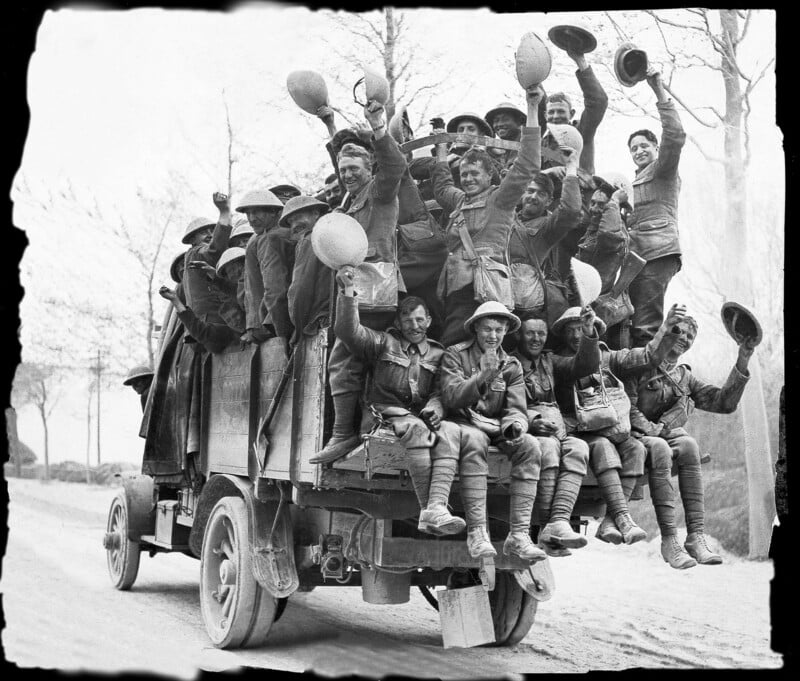
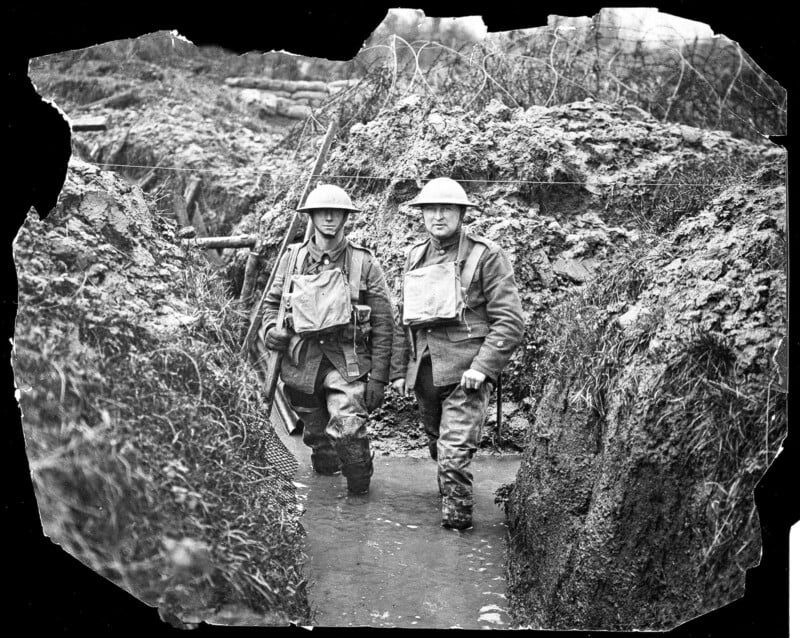
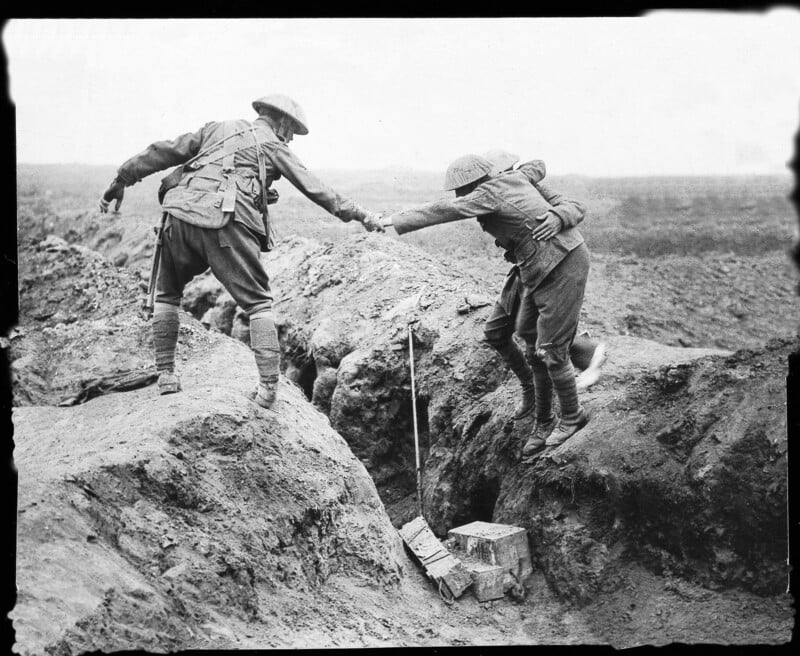
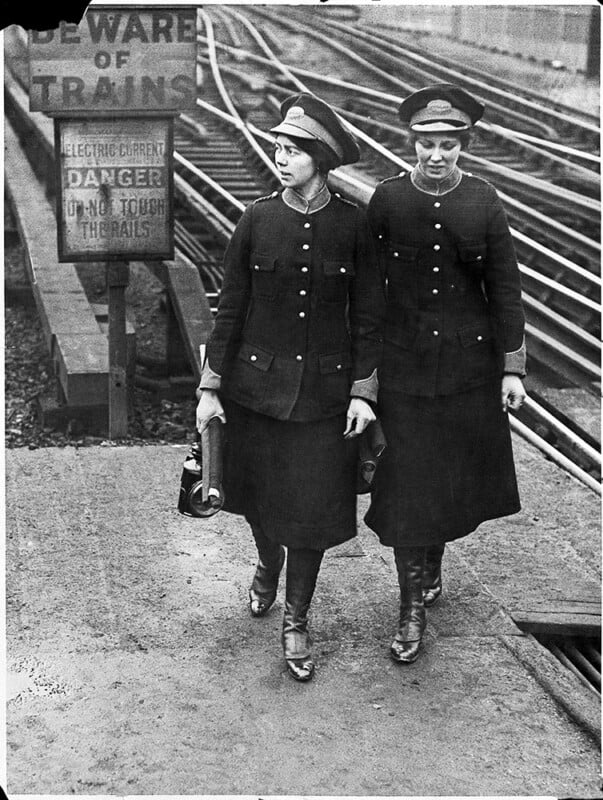
“When the image, usually a paper print photo, is as clean as possible, we use the latest scanning technology at 400dpi resolution to get our ‘warts and all’ base image ready for digital restoration,” Atlantic explains. “This includes returning faded and sepia images to monochrome and then reverting to a full colour black and white.”
Salter’s task was to optimize the images without removing the signature of the authentic historic photographs.
“A Corner of a Foreign Field is a curation of images that show the highs as well as the lows of the military and civilian populations during one of the greatest crises of history,” says Atlantic.
“Just as anthologist Fiona Waters has trawled the poetic spirit of the age, so our photographs walk the streets and the barren, destroyed landscapes of the battlefield of the War to end all Wars.”
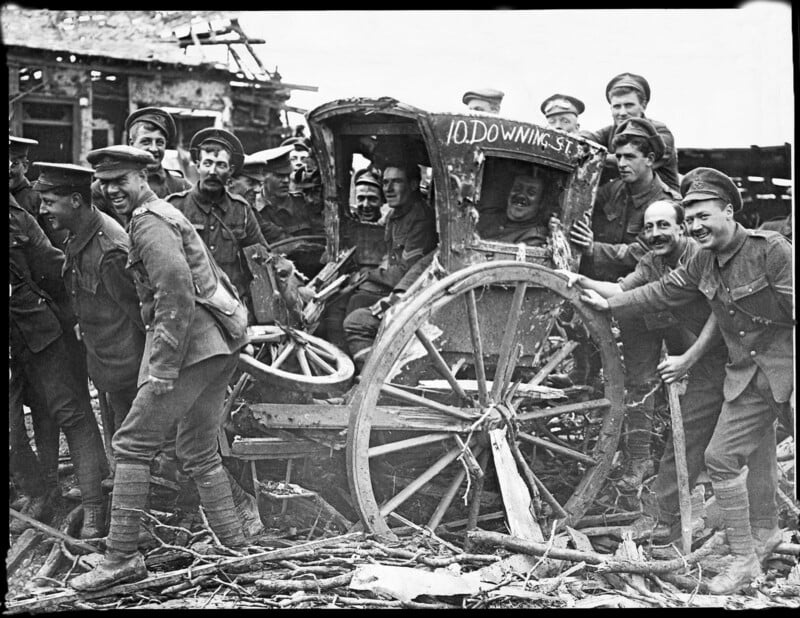
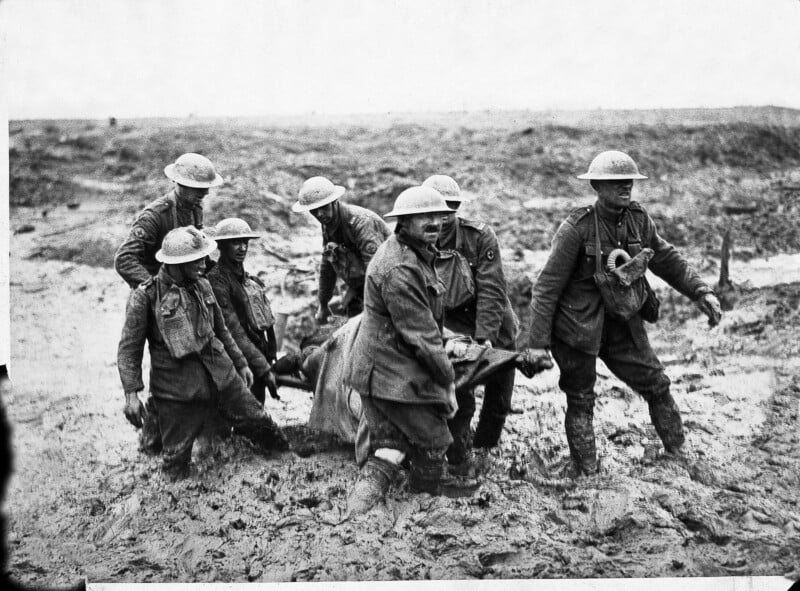
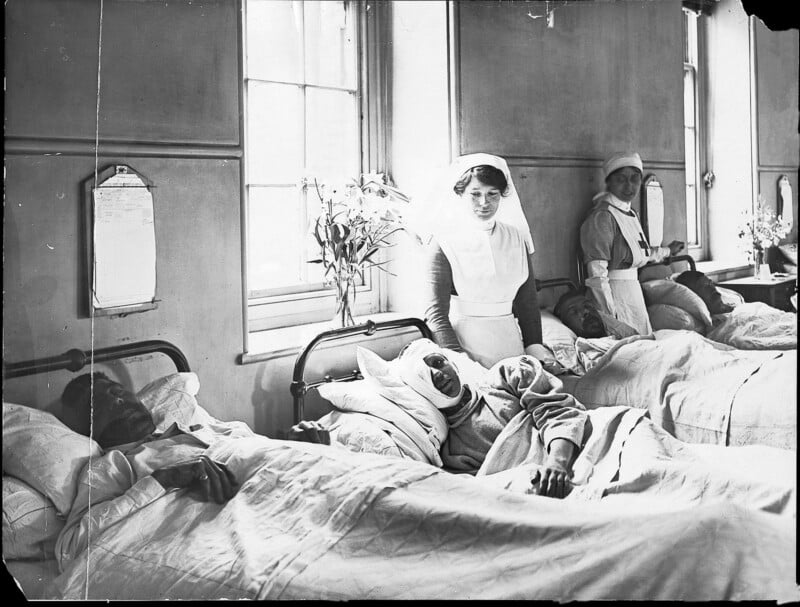
Salter shared his workflow below.
“We tread a careful path between image optimisation and the preservation of what is clearly an old contemporary photograph,” adds publisher Greg Hill.
“However, our standards are fastidious and our books only contain pin-sharp historic images that come as close in reproduction as possible to the original scene captured in the photographer’s viewfinder.”
![]()
Last week PetaPixel featured remastered aerial footage showing the aftermath of the First World War’s Western Front in Flanders, Belgium.
Image credits: Images from A Corner of a Foreign Field: The Illustrated Poetry of the First World War edited by Fiona Waters (Atlantic Publishing, £25, $33).